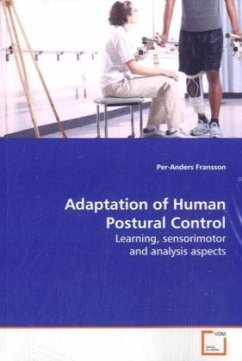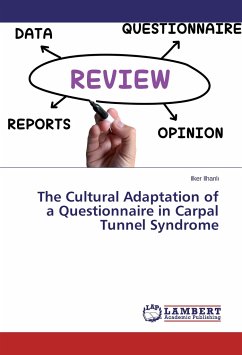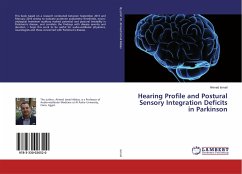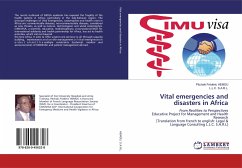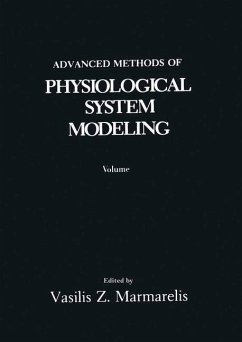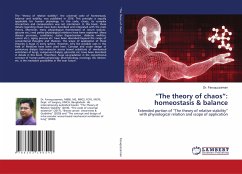Human movement control is complex and involves over
600 muscles controlled by an advanced regulatory
system guided by three interacting sensory systems.
Still, we can with ease make accurate and smooth
movements, even under continuously changing
conditions. This book illustrates some of the
properties of learning in human postural control
when the sensory and motor systems are affected by
factors such as poor sensation on the soles of the
feet, body overweight or fatigued calf muscles while
standing. The studies show that human postural
control has extensive abilities to adjust its
properties when the sensory or motor system
constraints change and that these adaptive changes
can be mathematically described. The findings
suggest that several partly independent learning
processes, acting at different time scales, are
involved in the formation of an improved performance
designated to handle the situations encountered. The
studies shed new light on how humans learn to handle
novel physical challenges, which should be of
interest for professionals working with physical
training or diagnosing and rehabilitating patients
suffering from balance disorders.
600 muscles controlled by an advanced regulatory
system guided by three interacting sensory systems.
Still, we can with ease make accurate and smooth
movements, even under continuously changing
conditions. This book illustrates some of the
properties of learning in human postural control
when the sensory and motor systems are affected by
factors such as poor sensation on the soles of the
feet, body overweight or fatigued calf muscles while
standing. The studies show that human postural
control has extensive abilities to adjust its
properties when the sensory or motor system
constraints change and that these adaptive changes
can be mathematically described. The findings
suggest that several partly independent learning
processes, acting at different time scales, are
involved in the formation of an improved performance
designated to handle the situations encountered. The
studies shed new light on how humans learn to handle
novel physical challenges, which should be of
interest for professionals working with physical
training or diagnosing and rehabilitating patients
suffering from balance disorders.

